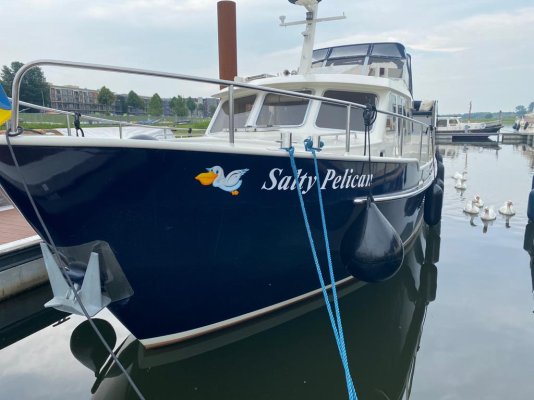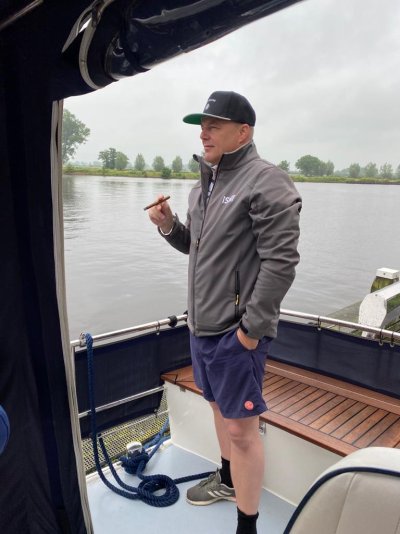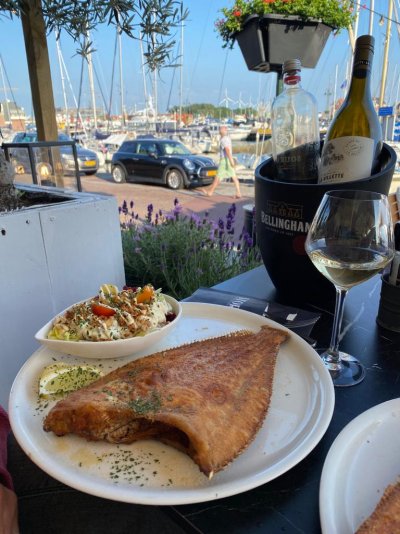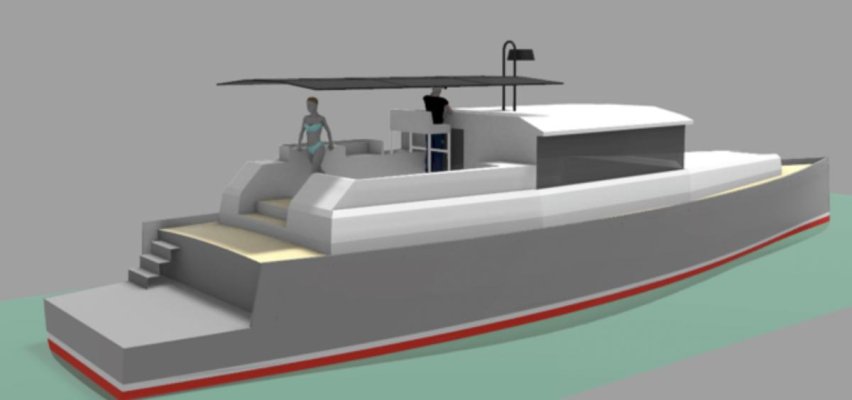Sounds like you are off to a great start with the design of your new boat SaltyP and it all sounds SO familiar to where my wife Christine and I were about 5 years ago when we made the "crazy" decision to switch from decades of sailing around the world to voyaging under power and set out to design and build our new boat which became XPM78-01 Möbius. To that end, you might find it interesting and fun to read
THIS blog post where we summarized our priorities, first principles and use cases and I think you will quickly see how many parallels we have. This took us a LONG time to put together such a summary all the lessons we had learned in our more than 100k nautical smiles on our previous boats, but I can also HIGHLY recommend this process of articulating your own very unique personal combination of principles and use case details as we have continued to loop back to this document with each decision we made along the way and continue to find it to be one of our most valuable resources.
We too had a lot of difficulty finding our "Goldilocks" just right, just for us, designer as they all seemed to want to stick with their "signature" designs whereas we wanted them to help us bring OUR design to life. We finally found our just right designer in Auckland NZ in the form of Dennis Harjamaa at Artnautica Yacht Designs and we still work together with Dennis to this day and could not be happier.
As per the comments here from DanNC and others, Dennis has now designed the LRC58, LRC 65 and XPM78 which appear to be very similar to the sketches and 3D models you have posted here, the LRC65 being the closest. When you are designing to a similar use case and set of principles, I think it is very much to be expected that the resultant designs share a lot of common elements.
In the hopes that it might help you with the design and build of your Goldilocks new boat Christine and I would be happy to be of any assistance we can to you and your wife. We are up to my eyeballs in work getting our beloved Möbius fully commissioned and sea worthy so we can get back to the life we miss so much of cruising the world as soon as possible and we hope to splash back into the water this week after completing the latest round of commissioning and other jobs here in Antalya Turkey. You can read all about our trials and tribulations
HERE on our Mobius.World blog where we have been posting weekly updates on the entire design and build process for the past 4 years.
Given that you are now in the Netherlands, if you had the time I think you would also enjoy meeting and talking with Rob Westermann and his wife. Rob runs
Artnautica Europe and he and Janet live and have their LRC58 Britt not far from Hindelhoopen. Britt is also now up for sale as they are busy working with Dennis to finalize the design of their next new boat, the LRC65 which has very similar numbers to your new design. Rob will manage this build in the NL and he hopes to start construction later this year so he could be a great resource for you.
Not sure what your travel plans are for the rest of the summer but we will be doing more and more extensive sea trials of Möbius along the coastlines of Turkey between here in Antalya and up to Istanbul for the rest of the season and would be delighted to host you both aboard Möbius should that be an option and of interest to you.
Please don't hesitate to send me a DM here and I can introduce you to RobW if you like and answer any further questions you might have via Email or phone/video calls. In spite of the flurry of non stop work we are currently in, Christine and I vividly remember the challenges of the thousands of questions and decisions required at the phase you are at and we are ever so grateful for all the lessons learned by those who so generously shared their first hand experiential learning from when they had been going through this phase and so we would be delighted to "pay it forward" with others such as yourself.
Looking forward to following along with your process and learning from the decisions you make.
Best wishes,
Wayne & Christine Hodgins





